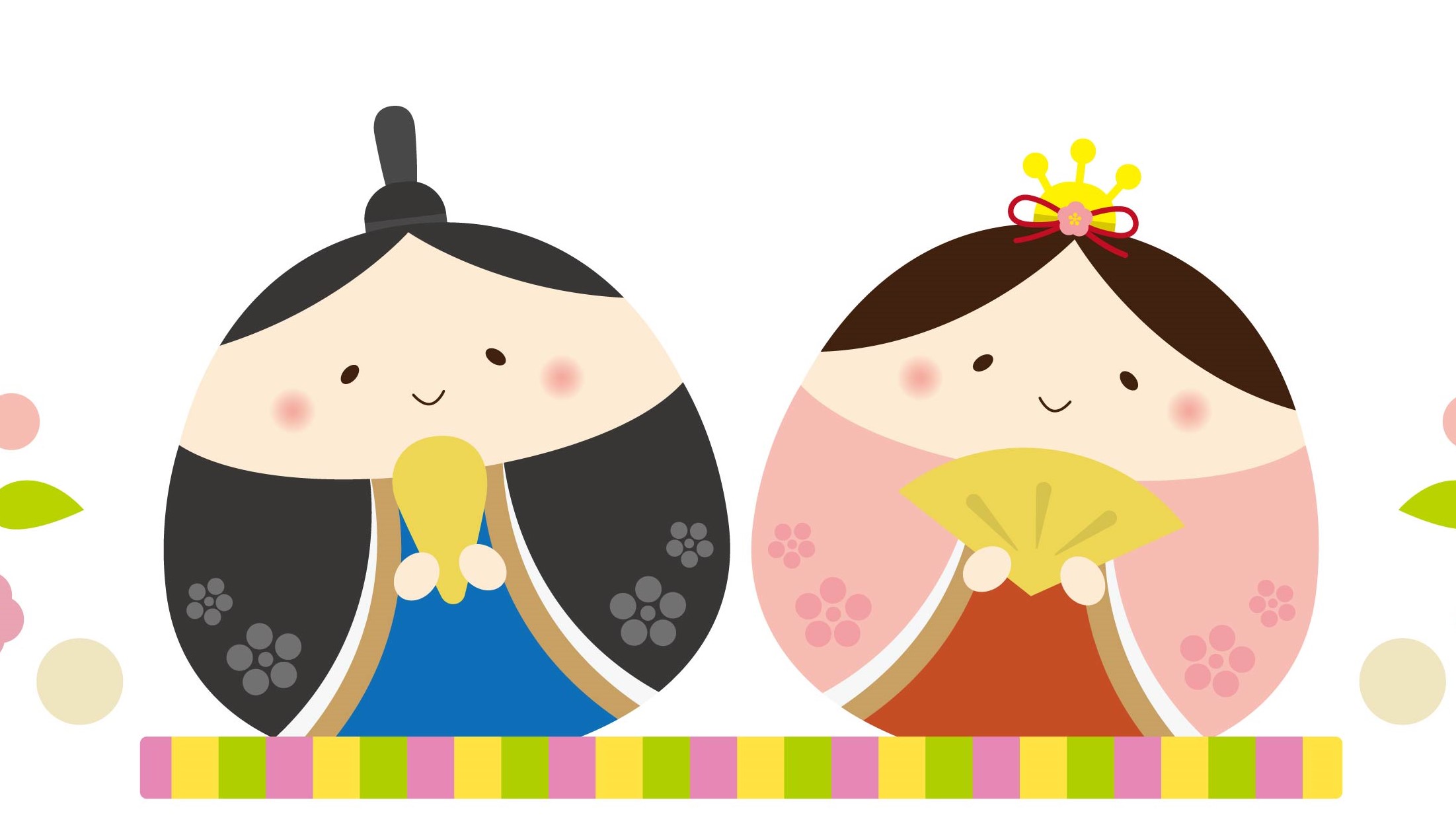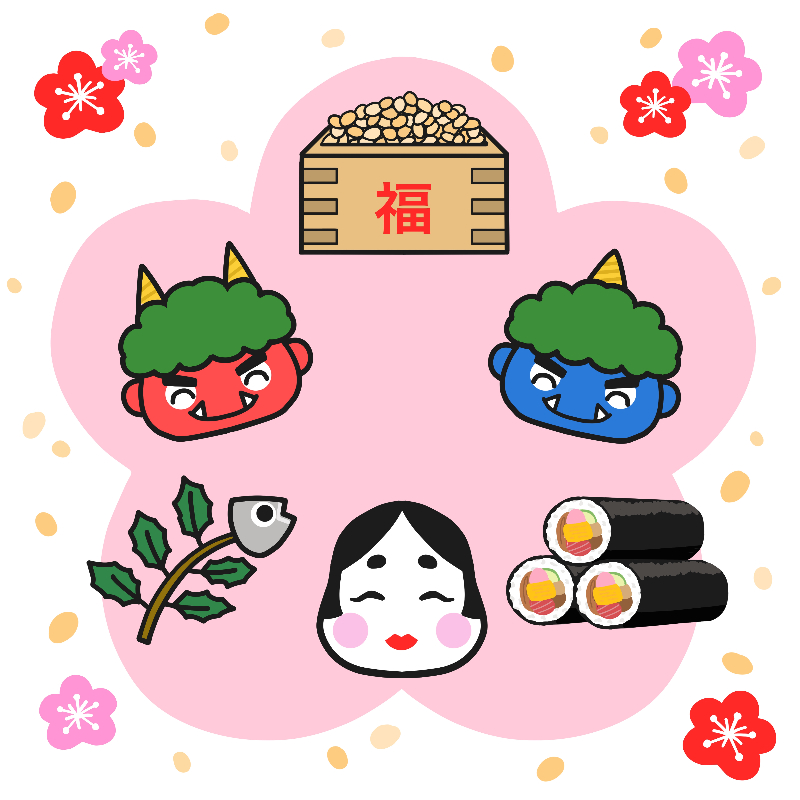
Movie: “Happy Family Plan”
 The movie is accompanied by a Language Resource Kit which allows students to learn Japanese through film in four easy steps: Watch; Listen; Practise; Speak. It is an effective learning tool for introducing Japanese language and culture to students, teachers, film lovers and the general public, presented in an engaging, entertaining and educational way.
The movie is accompanied by a Language Resource Kit which allows students to learn Japanese through film in four easy steps: Watch; Listen; Practise; Speak. It is an effective learning tool for introducing Japanese language and culture to students, teachers, film lovers and the general public, presented in an engaging, entertaining and educational way.
This DVD program is no longer commercially available because the DVD distribution licence expired in 2016.A loan copy is still available from the library’s collection.Please read this page to sign up for a borrower card.
DVD resource ‘Happy Family Plan’ – 2 Disc special edition DVD
Happy Family Plan’-2 Disc special editions DVD was developed under JF, Sydney’s J Cinema Project. It is a learning tool for Japanese language and culture presented in an engaging and entertaining way. The kit consists of two discs and one booklet.
Disc 1: Feature Film ‐ Happy Family Plan
- Multi-lingual support: Japanese with English and Japanese subtitles* Japanese subtitles use Furigana for difficult Kanji
- Divided into twelve chapters
- Original Japanese theatrical trailer (English subtitles)

Disc 2: Learning Japanese Language & Culture
Section A: Lively hosts and animated characters will…
- take viewers through basic common expressions
- explain Japanese customs
- point out handy colloquial phrases
- introduce Japanese food
- take viewers on a scenic tour around shops of small Japanese towns.
Section B: Expert commentary from Japanese Lecturers and film director
- Dr Rebecca Suter (University of Sydney, Department of Japanese Studies, School of Languages and Culture) on Japan’s social scene and systems
- Dr Carol Hayes (Australian National University, Japan Centre, Faculty of Asian Studies) on the film’s technique and background
- Interview with the Director, Abe Tsutomu
8pp BOOKLET to accompany discs
- Story line and synopsis
- Family tree and character information
- 3D replica of house plan
- Introduction of Language Resource Kit
- Credits
Classroom Ideas for using DVD Disc 1
Pre Task (Before watching movie)
Awareness raising question
This movie is based on a Japanese TV show. Have you watched any Japanese TV shows? What do you think about them? Share your impressions about Japanese TV shows with your classmates.
Vocabulary Building
This is a photograph of the two families in this film. Can you guess who’s who?

Focus questions
What kinds of greeting words can you pick up in this film? This family runs a small shop. Can you catch the conversation between the customer and shopkeeper in Japanese?
The main family in this film lives in a traditional Japanese house. What do you notice about ‘traditional’ Japanese houses.
They are living in a suburban city of Tokyo. What do they have in the city?
Post Task (After watching the movie)
Character Matching
These are descriptions of the characters in this film. Read them and match them with the photos.

Discussions
Some recent social issues in Japan are touched on in this movie. Do you have the same problems in your country? Discuss in your groups.
– Bullying – Refusal to attend school – Violent behaviour of children in the family
– Family disfunction – Retrenchment – Breakdown of family business
Role play
Suppose you are a member of the interview panel for the TV program ‘Happy Family Plan’. What kinds of questions will you ask this family? Make your questions in Japanese.
Project work
Pick up one food item which you are not familiar with from the film, research the item by internet and report on it to your classmates.
Other materials
Classroom Ideas for using DVD Disc 2
Disc 2 Section A contains a number of language and culture learning segments. These segments are presented in a Japanese TV show style which appeals to students, so just watching them first will be useful.
These are the titles of the segments.
- Be positive
- Eat!
- Greeting
- Places
- Shopping& numbers
- Sorry
- Top 10
- What’s this? -Gestures-
- What’s this? -Things-

You can then use these segments as ILTL resources. For example, in ‘Places’, Shingo the host of the show will take you to the suburbs of Tokyo. You can ask students what they notice, have them make comparisons with their own culture, and discuss and reflect on aspects of what they saw with classmates.
You can also use the interview section of the Disc 2 Section B as a resource for cultural understanding, discussion and project work. Two lecturers explain the background of this movie from social, economic and cultural viewpoints. This will help students to understand this film and they can then start their own research projects on topics such as ‘School bulling in Japan’ ‘The lost decade in Japan’ etc. For advanced learners, ‘Interview with the film director’ would be a useful listening task.
Ideas for Using the BOOKLET
You can also use the booklet as an ILTL resource. For example there is a 3D replica of the house in the booklet. You can ask students to think about what kind of house the family lives in while watching the movie, and ask them to draw a house plan after viewing. They can then look at the house in the booklet and compare it with their imagined house. Through this activity, students can experience the ‘noticing’ and ‘comparing’ aspects of the ILTL process. Then you can ask students to design their ideal family house connected to a shop, and explain this in Japanese orally or in writing.
Eg. わたしの家はひろくて、500msq (500平方メートル)です。
1かいはレストランです。レストランのうしろに大きなキッチン*があります。
(*だいどころ usually refers to a home kitchen, キッチン sounds more professional)
© Shochiku(Disk 1)
© The Japan Foundation, Sydney / Shochiku (Disk 2)
Published by the Japan Foundation, Sydney
Distributed exclusively on DVD by Madman Entertainment Pty Ltd.





